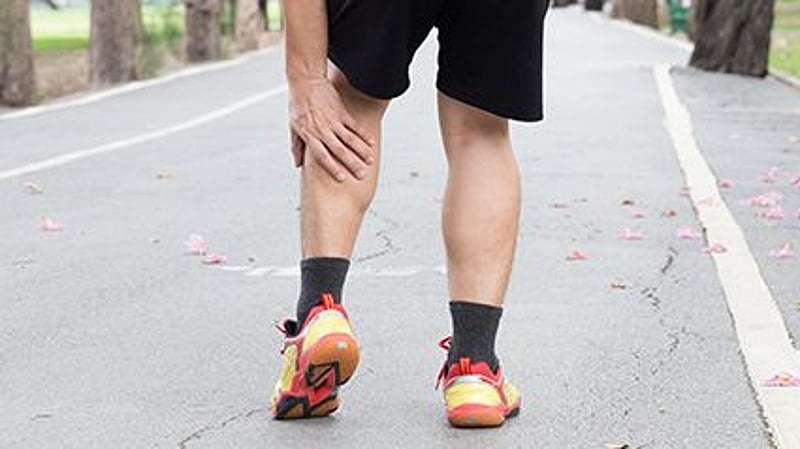COVID-19 Rapid Tests. Results in 20 minutes! Call for details.
We are currently offering COVID-19 vaccines Monday - Friday from 9AM to 5PM. No appointment necessary!
Manténgase sano!

- Posted February 27, 2022
Leg Cramps, Pain? It Could Be PAD
Pain or cramping in your legs during physical activity may be an early sign of a condition called peripheral artery disease (PAD) -- and you should get checked out by your doctor, an expert says.
PAD occurs when plaque develops in the arteries of the extremities and restricts blood flow to the legs, and sometimes the arms. The condition is more common in older people, and affects up to 10% of those in their 60s and 70s.
In the most severe cases, PAD can lead to amputation, according to Dr. Matthew Cindric, a vascular surgeon with Penn State Health.
PAD causes no symptoms in its earliest stages. The first and most common symptom people notice is repeated pain, cramping or heaviness in one or both legs during walking or exercise. These symptoms occur because muscles can't get enough oxygen and nutrients.
As PAD advances, symptoms typically become more severe, and can include wounds or ulcers on the feet that won't heal, or continuous pain or numbness. Either of these may be precursors to onset of gangrene.
"Vascular problems tend to escalate rapidly without prompt diagnosis and intervention, particularly in patients who have wounds on the feet that won't heal," Cindric said in a Penn State Health news release. "The earlier you notice the signs and get evaluated, the sooner we can get you on a path toward healing."
If you notice any signs of PAD, talk with your doctor, Cindric said. Treatments can include diet changes, exercise, medications or procedures to open blocked arteries.
Genetics play a role in PAD, but the other 4 of the 5 top risk factors are controllable: smoking, high blood pressure, high blood cholesterol, and high blood sugar or diabetes.
"Smoking is far and away the leader," Cindric said. "PAD is far more prevalent in smokers than nonsmokers."
He offered the following advice for people with PAD.
"Start with smoking cessation, get into a structured exercise habit, and work with your [doctor] to manage these risk factors," Cindric said. "Even if you ultimately require a surgical intervention, long-term results are strongly dependent on how well these other factors are managed."
More information
There's more on peripheral artery disease (PAD) at the American Heart Association.
SOURCE: Penn State Health, news release, Feb. 24, 2022






